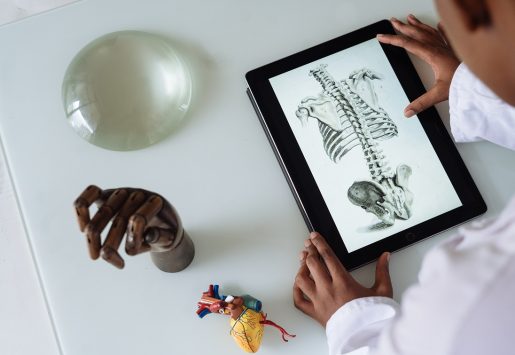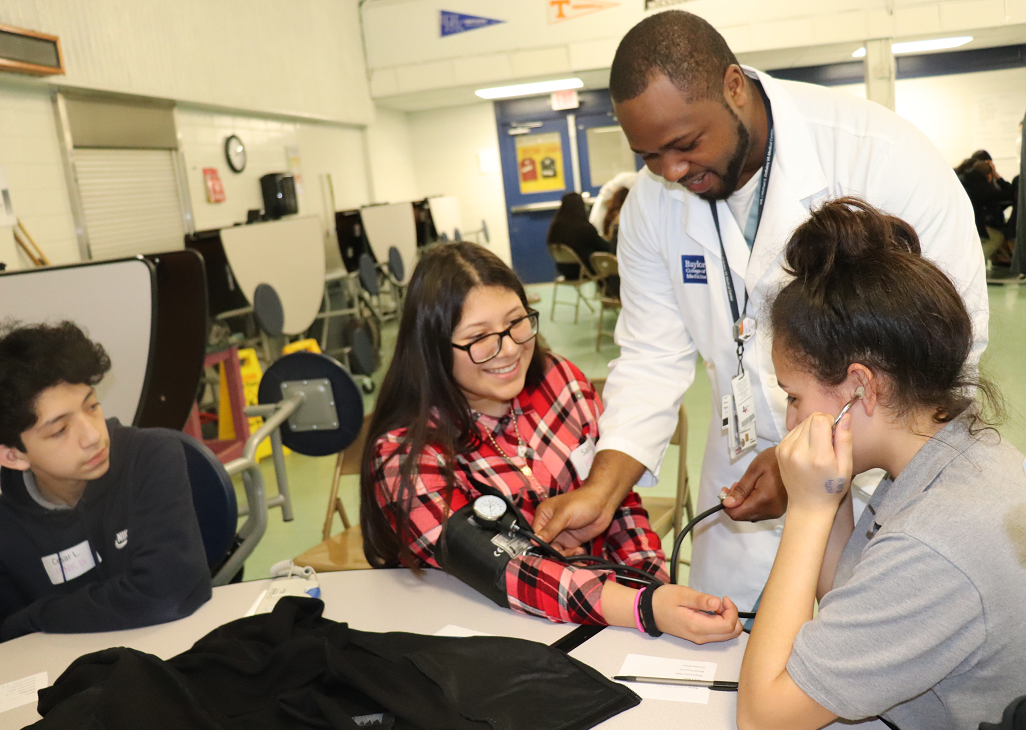What is medical education research?
In order for us to train medical students to be the best physicians they can be, we have to be the best medical educators that we can be. That includes keeping up with our colleagues around the country on best practices and sharing our own experiences. This is why medical education research is so important.
When I say that I do medical education research, I get a lot of funny looks. Many people don’t understand what it is or what it looks like, and they don’t understand that it’s important research, just like basic science or clinical research.
There is a science to the neurobiology of how we actually learn, and learning takes place in many environments, including the classroom and the clinic. We publish guidelines and protocols for best practices in medical education, just as clinicians publish the newest diagnosis and treatment protocols.
We also perform trials – comparing one method of teaching to another, and study how our education interventions effect outcomes.
The very first goal in our Baylor College of Medicine School of Medicine strategic plan is to “establish Baylor College of Medicine School of Medicine as an international leader in medical education innovation and pedagogy” and our medical education scholarship is one of the ways that we will get there.
It’s important to us that our learners are exposed to the latest technologies, learning tools, and pedagogy because that training will ultimately help them provide the best care to patients. It’s impossible to teach students everything there is to know about medicine. I believe it should not be our aim to even try.
I believe that we should focus much more attention on teaching students how to critically appraise, apply knowledge and become consciously competent master adaptive learners.
For example, one recent finding about medical education showed us that learners do better when they are active participants in the learning process. There is now far too much evidence that shows lecture-based learning is not effective.
As a result, we have been transforming the first 18 months of our curriculum. We have increased the amount of active learning in every class, utilizing techniques such as flipped classrooms and team-based learning. New courses have been introduced that are 100% active learning.
I have to admit that one of my favorite things about my job is indeed the research aspect of what I do – implementing the latest science in teaching and learning and studying its effects. I love curling up with my academic journals and reading them cover to cover, and I actually love writing papers.
I have collaborated on numerous studies with colleagues from around the country. I find that working with other institutions validates the problems that we all face in medical education. They are not unique – and it’s great to problem solve together.
One recent challenge that we faced during the COVID pandemic was how we could continue to effectively teach our students who were pulled from the clinical learning environment. After consulting with counterparts across the country, we found that we needed to increase our usage of high quality, interactive, online patient cases.
Utilizing these cases that provide the opportunity for critical thinking should not be limited to our clinical students – they should be the foundation of how we teach students from the first day of medical school. Adult learning theory supports that even students with no medical training can work through clinical cases – albeit at a different level than senior students.
Doing medical education research is part of how educators get promoted up the ranks just like in basic science/clinical science, and we disseminate our findings in scholarly fashions the same way – through posters and abstracts at national conferences, as well as in publications.
One difference is while there are opportunities for grants, there are not quite as many available for pure medical education research. Most are in much smaller amounts. However, much medical education research could be incorporated into the basic science and clinical research grants that are submitted at health sciences universities.
I try to mentor all junior faculty educators to “study what they do.” Make sure to turn that abstract into a paper and be persistent when submitting work for publication. It may not get accepted the first time around, but persistence really does win out.
We need to be more cognizant about publishing what we do so that others can learn from it. There is no point in every institution recreating the wheel – and my goal is that Baylor will be creating those wheels and looked at as the leader in medical education.
-By Dr. Jennifer Christner, dean of the School of Medicine at Baylor College of Medicine
Additional Resources
Resilience Through COVID-19: Solving ‘Wicked Problems’
Dimensions of time: Starting medical school in the COVID-19 era




